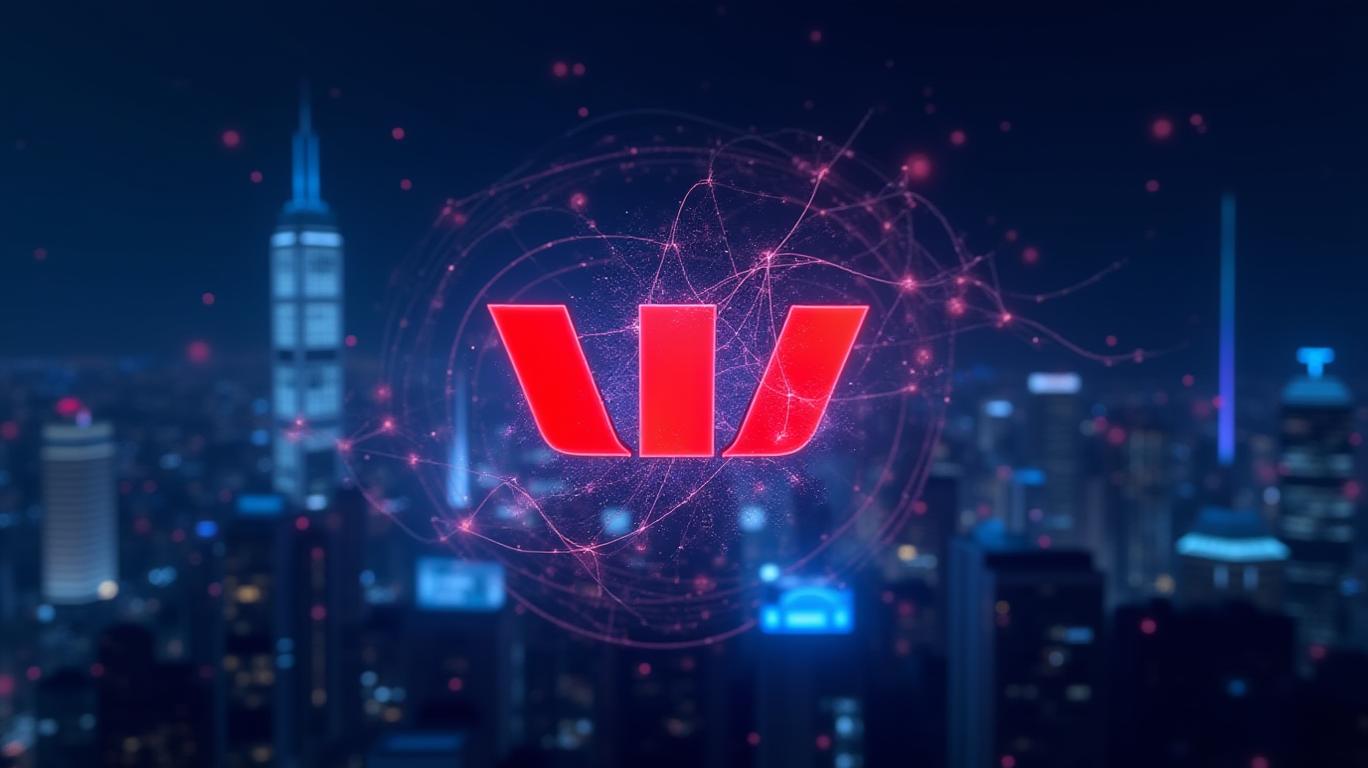Westpac’s API Fee Gambit: How Regulatory Arbitrage is Rewriting NZ’s Financial Future
The dawn of New Zealand’s Open Banking era is here, and Westpac is already playing to win. By waiving API fees for third-party fintech partners for the first 12 months of the Open Banking rollout, the bank has positioned itself as the linchpin of innovation in a sector ripe for disruption. This move isn’t just about undercutting rivals—it’s a masterstroke of regulatory arbitrage designed to capture customer data flows, lock in fintech partnerships, and dominate the nascent Consumer Data Right (CDR) ecosystem.

The Regulatory Backdrop: Fees, Fintechs, and Frustrations
Under New Zealand’s Customer and Product Data Act 2025, banks like Westpac are legally required to share customer transaction data with accredited third parties—but they can charge up to 1 cent per API call or $5 per customer monthly for near-real-time access. While these fee caps, enforced by the Ministry of Business, Innovation and Employment (MBIE), aim to balance fairness and sustainability, they’ve sparked a divide.
Rivals like ANZ and BNZ are likely to stick to the fee structure, leveraging the 5-cent-per-transaction cap for payment initiation services. But Westpac’s waiver isn’t just a temporary discount—it’s a strategic land grab. By absorbing API costs upfront, it eliminates a key barrier for fintechs, which now have no financial reason to avoid partnering with Westpac. This creates a flywheel effect: more fintechs integrate with Westpac’s systems, more customer data flows through its pipelines, and Westpac gains a monopoly on insights into spending habits, loan needs, and financial behaviors.
Regulatory Arbitrage in Action
The Commerce Commission’s push for “competition through data” is the perfect backdrop for Westpac’s play. By waiving fees where others cling to the minimum, the bank is arbitraging the regulatory intent—not just complying but exceeding expectations to win goodwill. This isn’t altruism; it’s strategic disruption.
Consider the math: A fintech app aggregating data from three banks might face $15/month in API fees under capped rates. With Westpac’s waiver, that cost drops to $10/month (assuming two other banks charge the max). Over time, fintechs will prioritize platforms with lower costs, funneling more users and data toward Westpac. This first-mover advantage isn’t just about partnerships—it’s about owning the data infrastructure of New Zealand’s financial future.
The First-Mover Edge in ADR Accreditation
While the research notes no explicit mention of Westpac’s ADR (Accredited Requestor) status, its proactive waiver strategy signals an intent to lead. To be an ADR, third parties must meet stringent criteria (e.g., “good character” directors, robust security). But Westpac’s waiver likely accelerates its own ADR applications for new ventures—say, a data analytics arm to monetize insights. By de-risking partnerships, it can fast-track approvals for its own services, while rivals remain mired in fee disputes.
The Long-Tail Revenue Play
The real prize isn’t the API fees Westpac waives—it’s the data-driven financial services it can launch later. Imagine:
- Personalized loan offers based on real-time transaction data.
- Dynamic credit limits adjusted via AI.
- Fee-based “financial health” dashboards for customers.
By capturing data early, Westpac can build high-margin, recurring revenue streams that dwarf traditional banking margins. Competitors stuck in fee-charging mode risk being sidelined as mere data utilities, while Westpac becomes the gatekeeper of innovation.
Why Buy Westpac Now?
- Sector Consolidation: As NZ’s banks grapple with Open Banking costs, Westpac’s waiver creates a defensible moat against smaller rivals.
- Data Monetization: Its early access to fintech partnerships positions it to sell insights to insurers, retailers, or even government agencies.
- Regulatory Tailwinds: MBIE’s fee caps limit downside risk, while Westpac’s waiver maximizes upside.
Risks? Sure—But the Upside Outweighs Them
Critics might argue that the waiver eats into short-term profits. True—but in a CDR ecosystem, market share is king. By 2026, when Kiwibank finally complies, Westpac could already control 40% of the fintech partnership pie.
Final Verdict: A Strategic Buy at Current Levels
Westpac’s API gambit isn’t just about today—it’s about owning tomorrow’s financial infrastructure. With WBC trading at 1.2x Price/Book (vs. ANZ’s 1.4x), the stock offers a rare value-plus-growth combo. For investors, this is the moment to act before the data gold rush begins.
Buy Westpac now—before its competitors wake up to the game they’ve already lost.

Comments
No comments yet